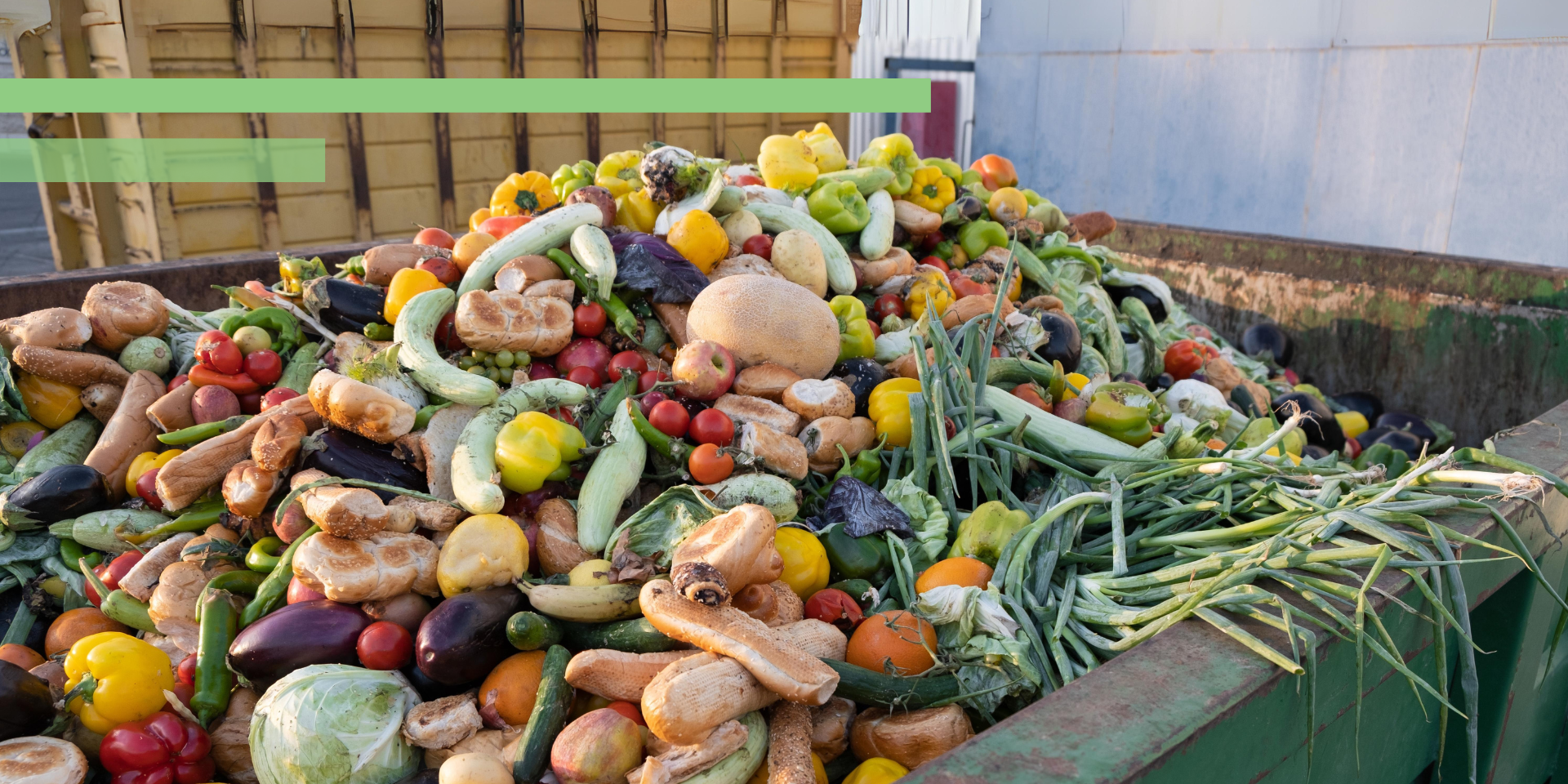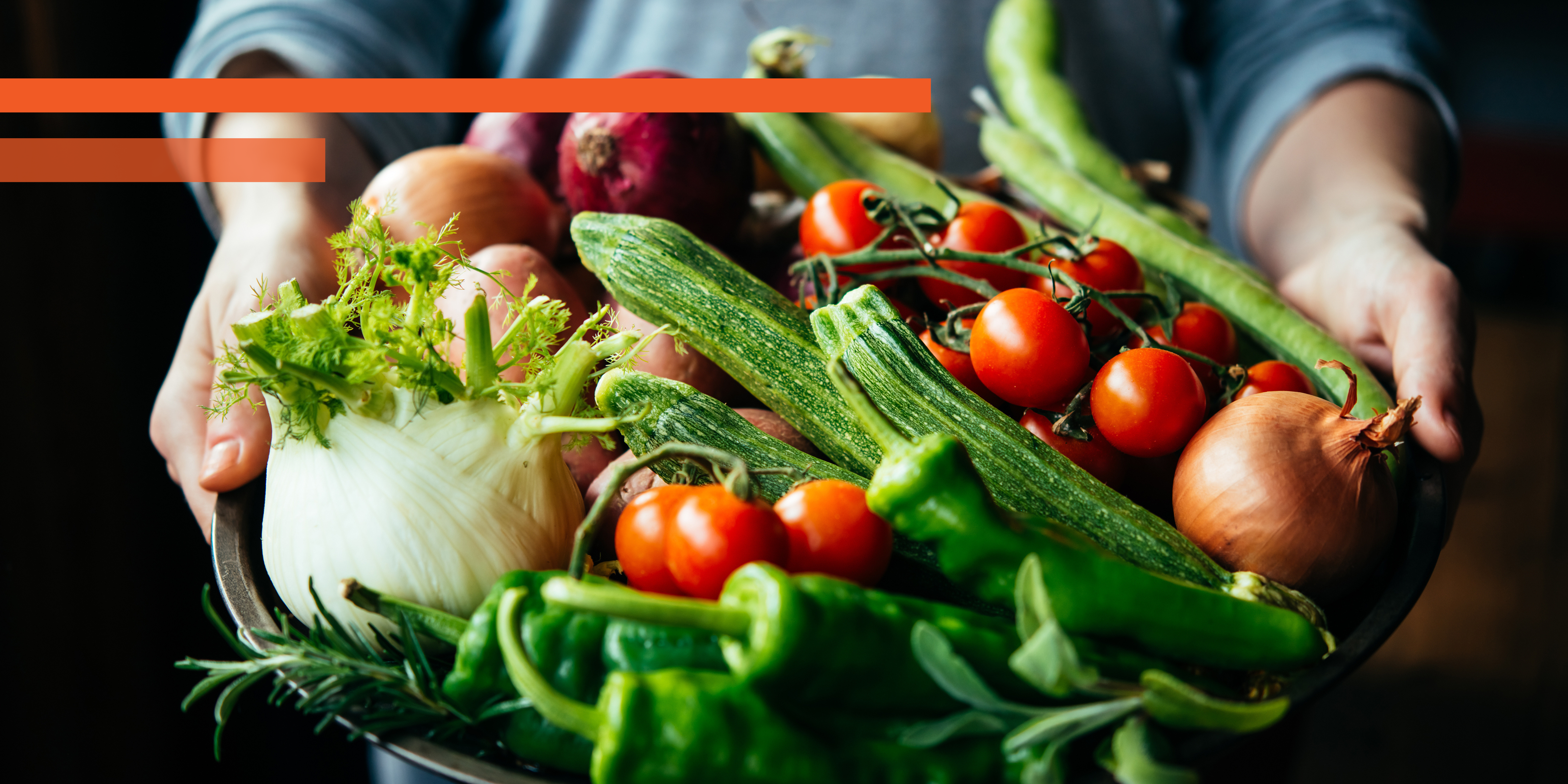Australia produces more than enough food to feed our population, yet there is a rise in Australians facing food insecurity. That’s according to an article by the Commonwealth Scientific and Industrial Research Organisation (commonly known as the CSIRO).
Specifically, it tells us that, “A third of all the food we produce in Australia, 7.6 million tonnes per year, is currently going to waste.” This is a concerning statistic, as alongside this, the Foodbank Hunger Report 2023 shows that 3.7 million Australian households are reporting food insecurity.
To visualise the amount of food waste the report tells us, “If the total food waste in Australia was placed in semi-trailers and parked in a line, the line would stretch from Sydney to Perth.” The national waste generated can be attributed to all stages along the supply chain, comprising 31% at primary production, 24% in manufacturing, 0.4% in wholesale, 3% in retail, 4% in hospitality, 3% in institutions, 34% in households.
CSIRO spoke to their inhouse scientists Dr Pablo Juliano and Dr Colleen MacMillan, and Foodbank Australia's Sarah Pennell. The experts tell us there’s a clear need to start doing things differently and that we are all responsible for doing our part.
“Valuing our food resources is also a central driver,” said Dr MacMillan, “The circular economy approach encourages the reuse of materials for as long as possible, so there’s less demand on resources and less waste. Or better still, we design out wasting resources right from the start!”
To propel us into a more abundant and thoughtful future, we must embrace a circular approach in our food systems. This involves maximising regional food resources and creating hubs that facilitate circularity across supply chains. For instance, Dr Juliano says “We envisage regional hubs that will be enablers of circularity within and across supply chains. Examples include the creation of regional processing hubs for whole of vegetable utilisation, whole of protein crop utilisation, or low value meat utilisation.” One success story is where a cheese maker uses a whey by-product for the billion-dollar protein powder market.
By adopting this approach, we not only minimise resource demand and waste, but also discover innovative uses for food by-products, like transforming apple leftovers into new ingredients or creating products from fish and vegetables waste through aquaponics. Dr MacMillan shares some innovative ideas, “Imagine wearing our food waste as footwear! Or fibres we can re-use to generate new services that enrich our local, metro, and regional communities.”
The benefits of reducing circular economies extend beyond environmental sustainability, it spans to economic growth and job creation for Australian businesses. Sarah Pennell says “It’s important we involve a range of organisations when it comes to circularity…. countries are already implementing tax incentives as the most effective intervention to get surplus food to food relief.”
Collaborative efforts with organisations like KPMG and Woolworths, inspired by successful models in the US and France, can motivate farmers to redirect surplus food to food relief, fostering a sense of responsibility and creating a positive impact on both the economy and well-being.
Procuring food without generating waste requires a measured, sustainable procurement process and using a procurement partner who shares these values. With decades of invaluable experience providing members in diverse sectors – including aged care, not-for-profit, and schools – Procurement Australia uses our buying power and deep industry knowledge to identify and supply all our members’ food services needs.
Source: https://www.csiro.au/en/news/all/articles/2023/november/food-waste-food-insecurity



